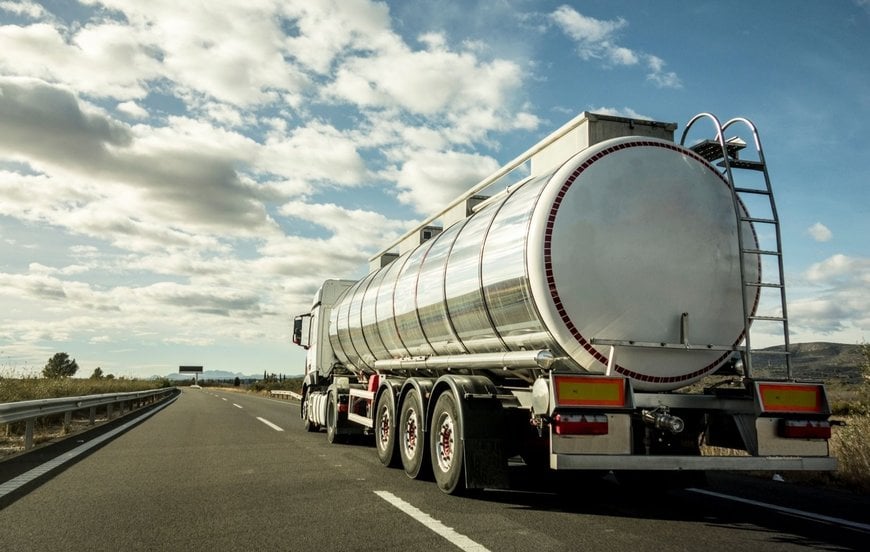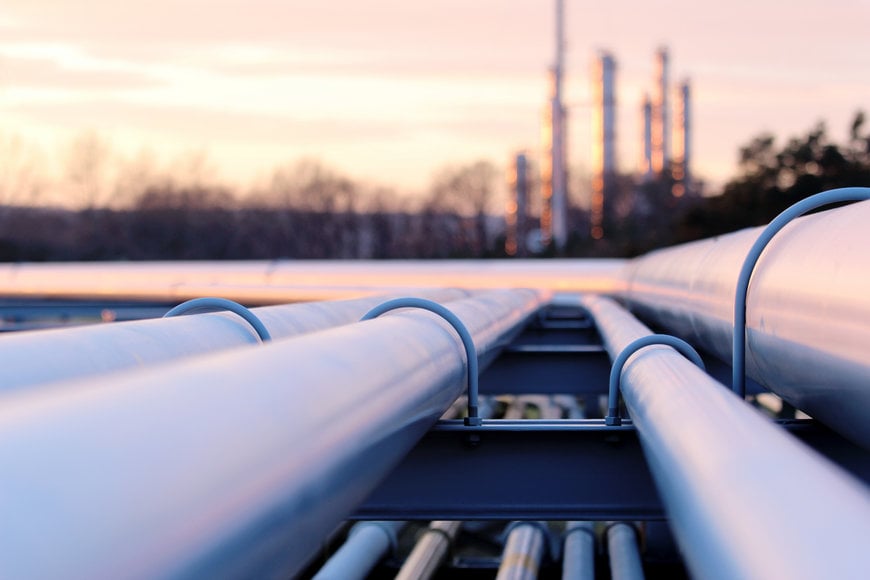www.industry-asia-pacific.com
04
'22
Written on Modified on
INDUSTRY LEADER PROVES THE CHEMICAL RESISTANCE BENEFITS OF GRAPHENE
Applied Graphene Materials (LSE:AGM), the producer of specialty graphene nanoplatelet dispersions, has published data to demonstrate that its graphene nanoplatelet dispersions can enable high-performance paints and coatings to effectively protect a substrate against harsh chemicals in highly aggressive environments.

AGM Graphene Nanoplatelets Outperform Traditional Protective Additives in Latest Testing
Chemical permeation is a major issue in the protective coatings market. Prolonged contact, from full submersion, splashes, spills and fumes, with a range of chemical substances can lead to visual discolouration, gloss reduction, and blistering, all of which can have a negative impact on coating performance. As a result, coatings manufacturers strive to develop surface protection systems that can resist chemicals and protect the substrate from contamination.
In comprehensive testing AGM has now demonstrated superior performance of its graphene nanoplatelet dispersions in a range of chemical applications. The coatings were submerged in a range of acidic and alkaline solutions to enable a broad understanding of performance, with both the graphene-only coatings and graphene-glass flake hybrid systems significantly outperforming the standalone conventional glass flake additive. Not only was this superior performance visually clear with less blistering, but the results also showed a marked improvement in gloss retention and hardness with the addition of graphene.
The breakthrough from the AGM technical team demonstrates that less is certainly more when it comes to graphene; the noted performance uplift was seen with as little as a 2.5% addition of AGM’s Genable 1200 graphene nanoplatelet dispersion, equating to 0.025% of graphene nanoplatelet solids. This compares very favourably to the much higher 20% loading level of glass flake. By reducing the amount of filler required in the coating, it is also possible that secondary benefits could be achieved such as increased substrate adhesion, higher impact resistance and improvement in flexibility.
Replacing traditional filler content with a small amount of AGM’s high-performance graphene additive not only enables performance improvements from a cost-competitive solution, but offers greater flexibility in formulation to allow coating innovators to develop their next generation of chemical resistant paints.
Protective coatings with comparable additives are used in a range of industries for applications such as chemical tank linings, linings of pipes for transporting chemicals, floor coatings in chemical environments and structural steelwork coatings. AGM also anticipates that the application could be suitable for composite materials often used in this space. AGM’s Genablegraphene nanoplatelet dispersion technology is already proven to deliver significant anti-corrosion performance advantages; the latest chemical resistance results offer users yet another way to innovate, perform and stand out with a graphene-reinforced paint or coating.

Adrian Potts, Chief Executive Officer of AGM, said:
“AGM’s innovation team have done an outstanding job at demonstrating graphene nanoplatelet materials as a highly effective additive in coatings technology. Using our know-how to disperse graphenes to achieve consistent, reliable performance gains, we are able to bring this new application to market with solid data to support its launch. We know graphene works extraordinarily well in anti-corrosion applications and coatings innovators now have broader scope to integrate a graphene solution into a wider product range. I very much look forward to the technology development being presented through our distributor network and the prospect of strong uptake in its application across a range of opportunities.”
www.appliedgraphenematerials.com

